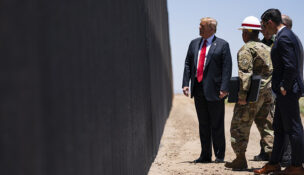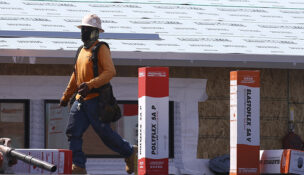Flood waters damaged hiking spot Aravaipa Canyon
Arizona Capitol Reports Staff//October 20, 2006//[read_meter]
Flood waters damaged hiking spot Aravaipa Canyon
Arizona Capitol Reports Staff//October 20, 2006//[read_meter]
Aravaipa Canyon, a coveted southern Arizona hiking spot, is no longer what it used to be. The area’s wet summer dramatically altered the wilderness area about 50 miles northeast of...
No tags for this post.

















